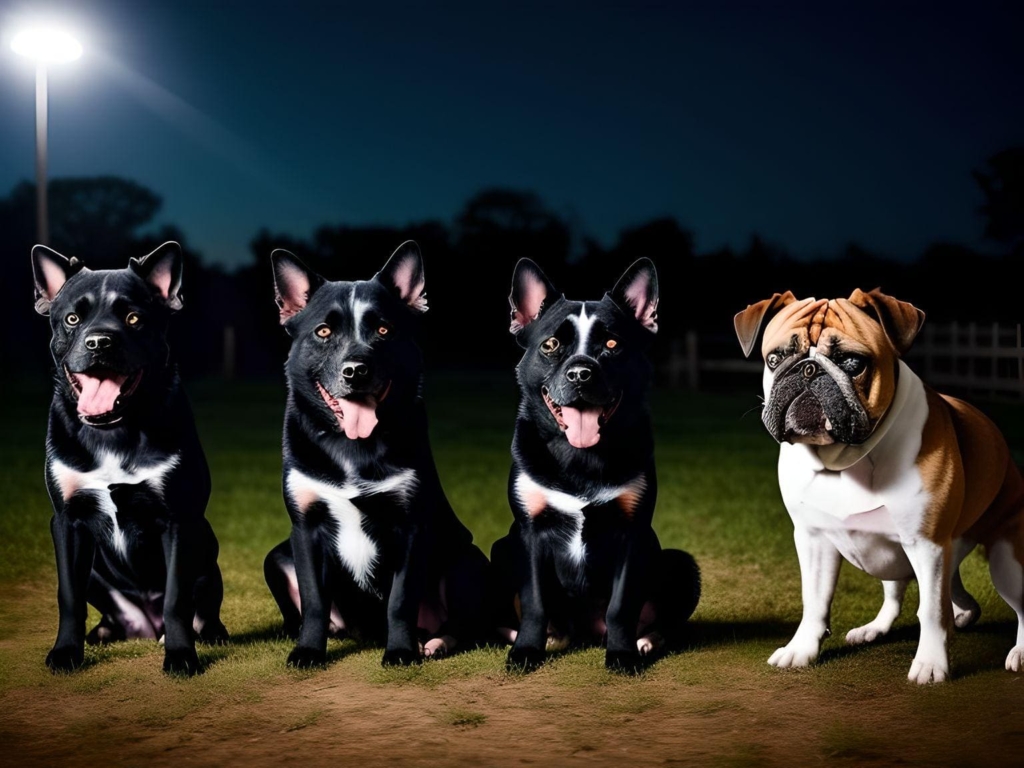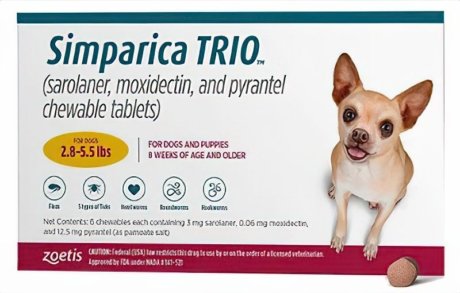Can Dogs See In The Dark | Everything you Need to Know
Dogs have always fascinated us with their exceptional sensory abilities, and one common question that often arises is Can Dogs See In The Dark? As pet owners, we want to understand our furry friends’ capabilities and how they perceive the world around them. In this article, we will explore the topic of dogs’ night vision and shed light on their visual abilities in low-light conditions.
How dogs’ eyes differ from human eyes
To comprehend how dogs see in the dark, we must first understand the basic structure of their eyes. Although dogs and humans share some similarities in eye anatomy, there are notable differences that contribute to dogs’ enhanced low-light vision.

One significant feature is the tapetum lucidum, a reflective layer behind the retina that acts like a mirror, redirecting light back through the retina. This layer amplifies the available light and improves dogs’ visual sensitivity, especially in dimly lit environments.
Low-light vision in dogs
Dogs possess a higher number of rod cells in their retinas compared to humans. Rod cells are specialized photoreceptor cells responsible for vision in low-light conditions. This abundance of rod cells grants dogs an advantage in detecting motion and perceiving objects in dim light.
Moreover, dogs have a wider field of view than humans, allowing them to capture more peripheral visual information. This increased visual field aids dogs in detecting movement and potential threats in their surroundings, even in low-light settings.
The myth of dogs seeing in complete darkness
While dogs have superior low-light vision compared to humans, it is important to dispel the misconception that they can see in complete darkness. Dogs still rely on some level of ambient light to perceive their environment. In pitch-black darkness, their visual acuity is severely compromised.

To compensate for limited night vision, dogs rely on their other senses, such as their acute sense of smell and hearing. These sensory abilities work together to help dogs navigate and explore their surroundings in the absence of adequate light.
Factors affecting dogs’ vision in low light
Several factors influence dogs’ ability to see in low-light conditions. Age and breed differences can impact their visual capabilities, with some breeds exhibiting better night vision than others. Additionally, certain health conditions and eye diseases can affect dogs’ overall visual acuity, including their ability to see in dim light.

Regular veterinary check-ups are crucial to maintaining your dog’s eye health and identifying any potential issues that may affect their vision.
Enhancing Dog’s vision in the Dark
While dogs may not possess true night vision, there are steps you can take to optimize their vision in low-light situations. Here are a few tips:
- Avoid exposing your dog to excessive brightness before heading into darker environments, as this can temporarily impair their night vision.
- Provide adequate outdoor lighting in your yard or walking areas to ensure your dog can navigate safely during nighttime outings.
- Use reflective accessories such as collars or harnesses to enhance your dog’s visibility to others, particularly in low-light scenarios.
- Incorporate games and activities that engage your dog’s senses of smell and hearing, allowing them to rely on these senses when visibility is limited.
- Consider using a dog-friendly headlamp or flashlight during evening walks to provide both you and your dog with improved visibility.

By implementing these measures, you can help optimize your dog’s visual experience in low-light conditions and ensure their safety during nighttime adventures.
Conclusion on Can Dogs See In The Dark:
While dogs possess remarkable visual abilities in low-light conditions, they cannot see in complete darkness. Their tapetum lucidum and abundance of rod cells enable them to perceive objects and motion in dim light, but they still require some level of ambient light. Dogs rely on their other senses, such as smell and hearing, to compensate for limited night vision. Understanding these aspects of dogs’ visual capabilities can help us better appreciate and care for our canine companions.
FAQs on Can Dogs See In The Dark:
Are all dog breeds equally adept at seeing in the dark?
No, different breeds have varying degrees of visual acuity in low-light conditions. Some breeds, like the German Shepherd and Siberian Husky, are known to have better night vision than others.
Can dogs see better than humans in daylight as well?
Dogs have better motion detection and peripheral vision than humans, but humans generally have better visual acuity and colour vision in daylight.
Can dogs’ night vision deteriorate with age?
Can dogs’ night vision deteriorate with age? A: Yes, just like humans, dogs’ visual abilities can decline with age. Regular veterinary check-ups and appropriate care can help maintain their eye health.
Do dogs rely on their sense of smell more than their vision at night?
Dogs have a keen sense of smell and rely on it heavily, particularly in low-light conditions. However, their vision still plays a significant role in detecting movement and objects.
Are there any eye conditions that can affect dogs’ night vision?
Yes, certain eye diseases like cataracts or progressive retinal atrophy can impair dogs’ overall vision, including their ability to see in low-light environments.
Recommended related to Can Dogs See In The Dark:
Redbone Coonhound | Breed Information, Price, Facts, Care, Monthly Cost
Treeing Walker Coonhound | 4 Types, Breed Information, Prices, Facts





























